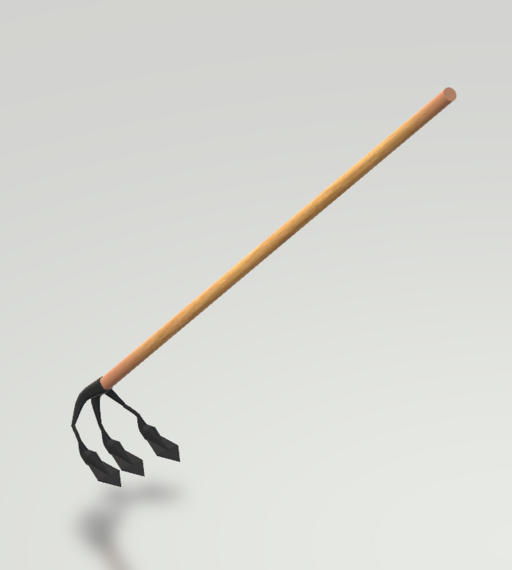Last week, I got nerd-shamed by a car.
I had just been for my weekly visit to the localish library (behold my resplendent self-control), and was proceeding to depart the carpark in the usual manner, i.e. in a car, when I beheld a warning light upon the dashboard.
Lit up in red, the combination of a pictogram and a numeral, the warning light was there to inform me that the front seat passenger did not have their seatbelt on.
This was a matter of concern. Not because of the increased danger to life and limb caused by an absence of seatbelt-wearing, nor even because the driver of a car containing an unseatbelted person (if under 15) can be fined for the omission. No. This was a matter of concern because I was alone in the car.
Continue & Comment

